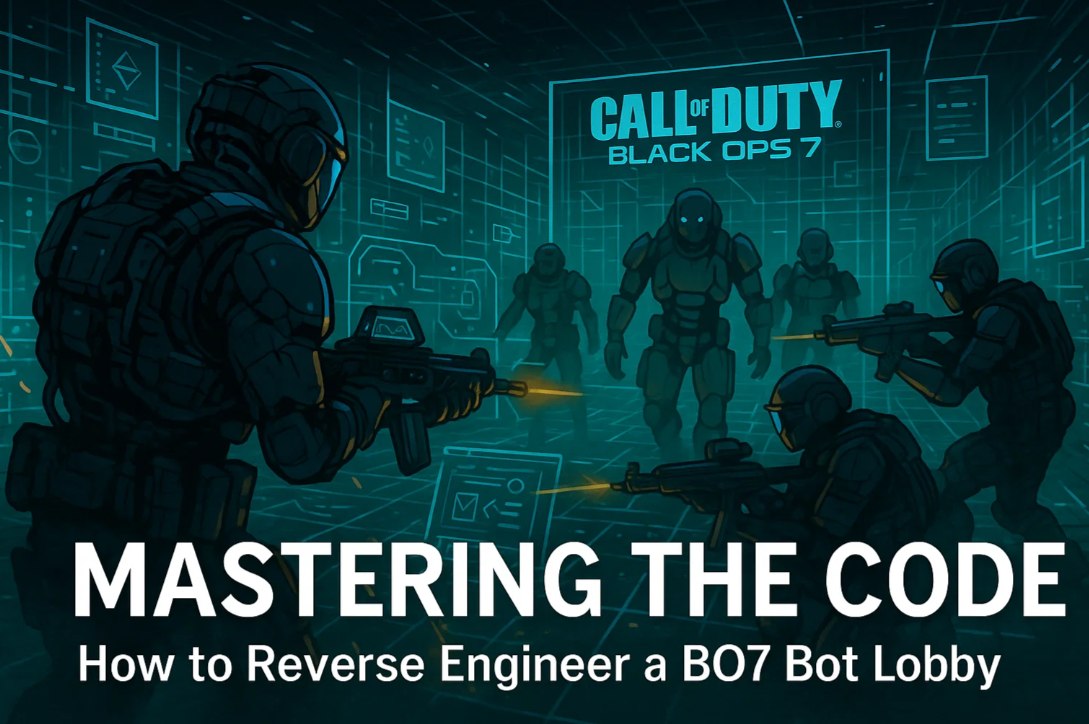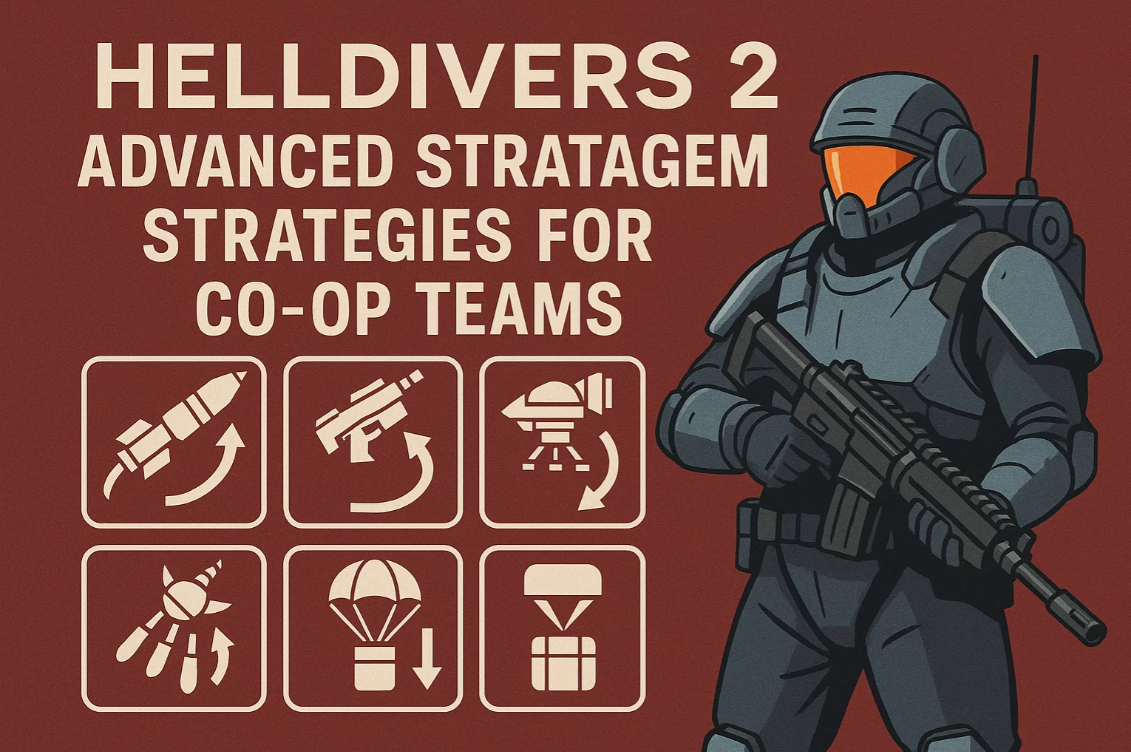Improving Defensive Formations in College Football 26

In College Football 26, one of the key aspects of success lies in the defensive formations utilized by teams. Making adjustments to the logic of these formations can greatly impact a team’s defensive responsiveness and coverage depth.
Before making any adjustments, it is crucial to thoroughly analyze the current defensive formations being used by the team. This involves studying game footage, identifying weaknesses in coverage, and assessing the overall effectiveness of the defensive scheme. By pinpointing areas that need improvement, coaches can then develop a plan to make necessary adjustments to enhance the team’s performance.
One common issue that teams face is a lack of responsiveness in their defensive formations. Slow reactions to offensive plays can result in missed tackles, blown coverages, and ultimately, points scored by the opposing team. By assessing the speed and agility of individual players, coaches can determine which adjustments need to be made to improve the team’s overall responsiveness on defense.
Once areas for improvement have been identified, coaches can start making strategic adjustments to the logic of the defensive formations. This might involve repositioning players, changing coverage schemes, or implementing new play-calling strategies. These tweaks help enhance the team’s defensive strength and establish a more formidable presence on the field.
Another crucial aspect of defensive formations is coverage depth. Ensuring that all parts of the field are adequately covered by defensive players is key to preventing big plays and shutting down the opponent’s offense. By adjusting player positioning and adopting more effective coverage schemes, coaches can increase coverage depth, making it harder for the opposing team to advance the ball.
In addition to refining formation logic, coaches should incorporate specific training drills to help players sharpen their skills and better understand new strategies. These drills can focus on individual responsibilities, communication within the defense, and situational awareness. Integrating these practices into regular sessions ensures players are well-prepared to execute the new defensive setups effectively during the game.
And don’t forget — for the latest in coaching resources, game strategies, and more, check out cfb 26 coins to stay ahead of the competition.
Making adjustments to the logic of various defensive formations is a crucial aspect of enhancing defensive responsiveness and coverage depth in College Football 26. By analyzing current formations, identifying areas for improvement, and strategically implementing adjustments, teams can elevate their defensive performance and increase their chances of success on the field.









